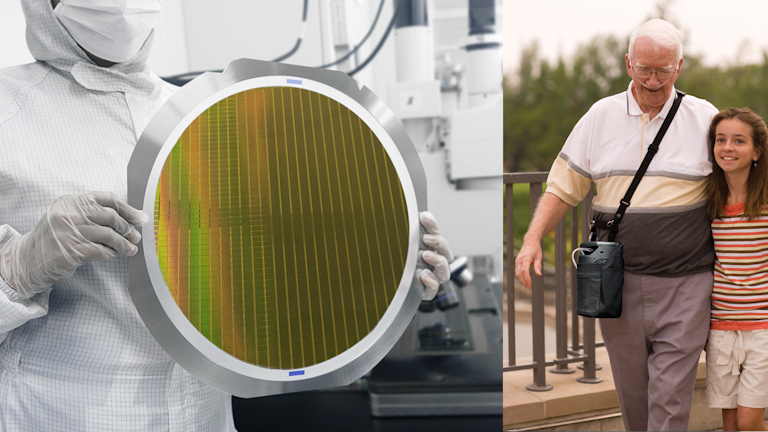Community, Leadership, Experimentation, Diversity, & Education
Pittsburgh Arts, Regional Theatre, New Work, Producing, Copyright, Labor Unions,
New Products, Coping Skills, J-O-Bs...
Theatre industry news, University & School of Drama Announcements, plus occasional course support for
Carnegie Mellon School of Drama Faculty, Staff, Students, and Alumni.
CMU School of Drama
Monday, August 31, 2020
Piezo-Electric Valves for Hydraulic and Pneumatic Systems
Hydraulics & Pneumatics: Piezo elements are electromechanical transducers that convert mechanical forces (pressure, tensile stress or acceleration) into voltages. The inverse piezoelectric effect, precisely the opposite, forces piezo elements to change shape when a voltage is applied to them. This lets them generate mechanical motion and be used as oscillators.
Subscribe to:
Post Comments (Atom)

1 comment:
Piezo-Electric technology can be found all over the place, but I certainly didn't expect it to show up in industrial Hydraulic and Pneumatic systems. Looking through the article, however, it is clear that they can be incredibly powerful tools, especially compared to their solenoid counterparts. One of the most glaring benefits is the very low power requirements for operation, which leads to a much more energy-friendly operation. Specifically, I like that it almost serves as a battery for itself, furthering its use in battery powered industrial systems. Other features, like precision flow control, can be immensely important for highly engineered solutions. I find it only fitting that ventilators are brought up in this article with the current state of COVID. Given how important and delicate the human respiratory system is, I can only imagine how useful these devices can be. Currently the only downside I see would be the economical impact, since we often want one-off components, while the Piezzoelectric parts become more feasible with volume. I would need to do more research, but I could see these being used in battery powered pneumatic automation circuits.
Post a Comment